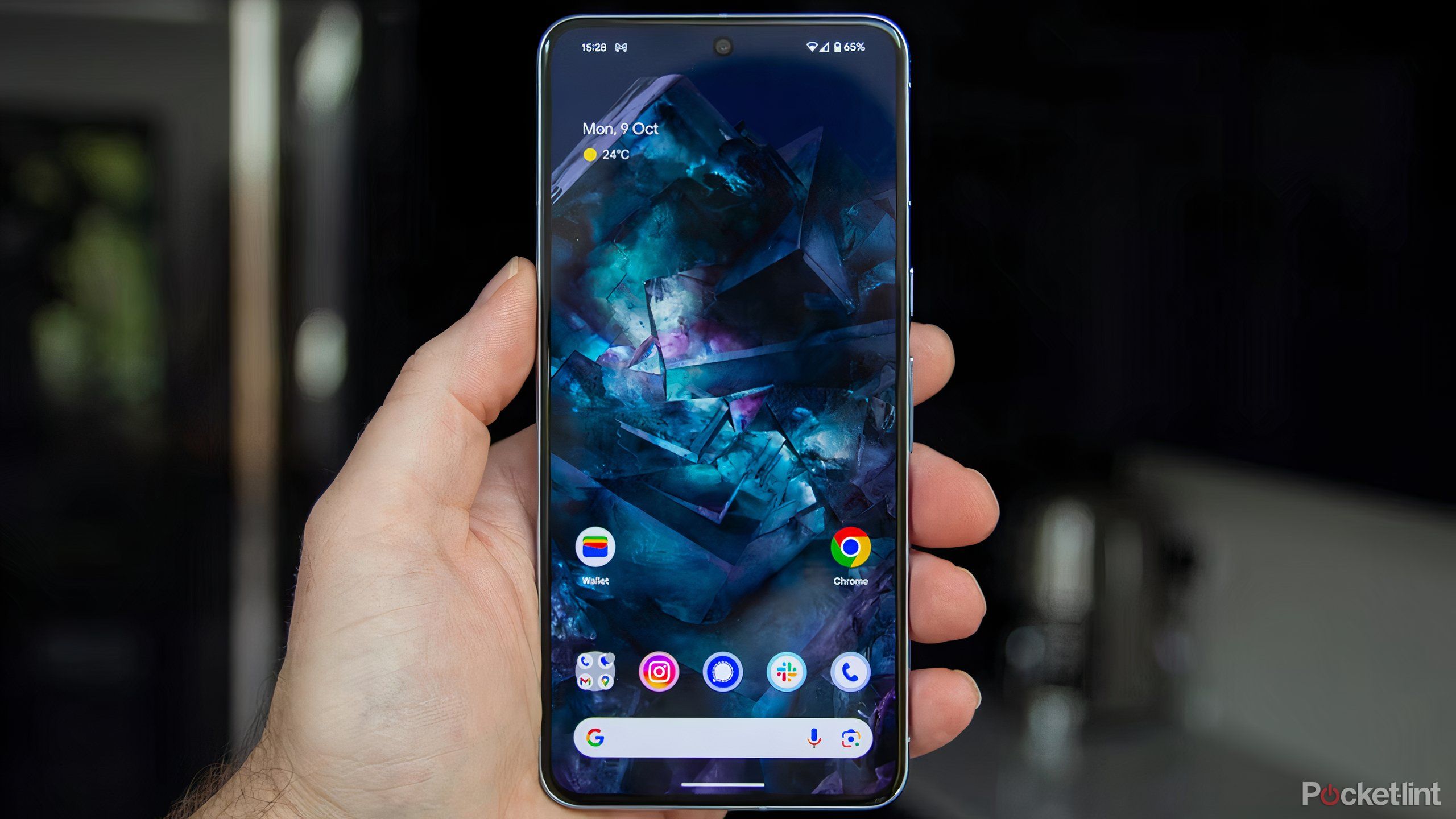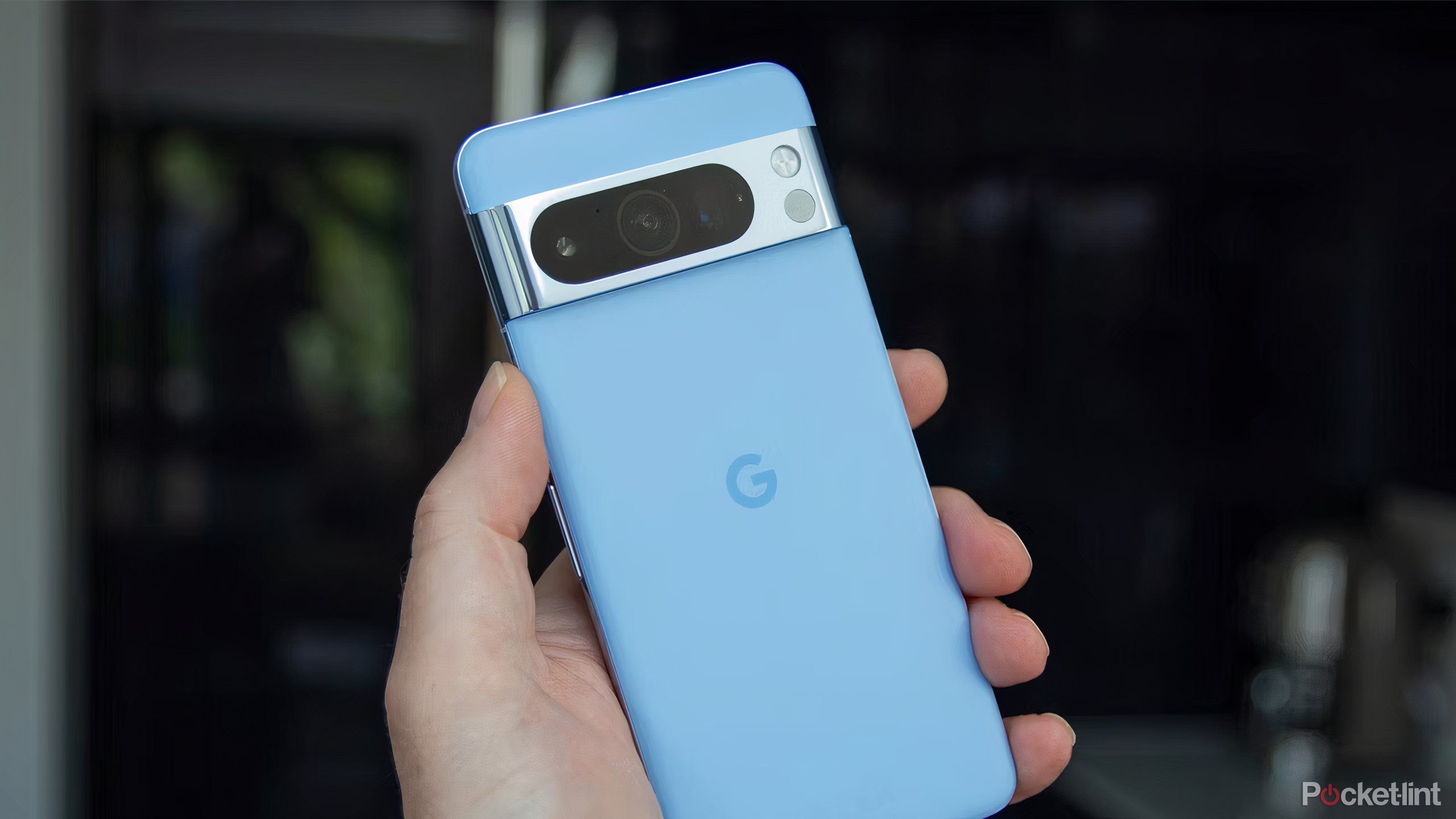Key Takeaways
- Recent ‘Pro’ Pixel phones offer Video Boost with AI-powered 3K upscaling for 4K videos, enhancing video quality.
- Video Boost utilizes Google Cloud to improve low-light video quality using Night Sight technology.
- To use Video Boost on Pixel 8 Pro, ensure Wi-Fi is on and enable the feature in the camera settings.
When you’re looking to buy a new phone, one of the main features that many of us pay attention to is the camera. It’s 2024 and we aren’t taking grainy photos with our terrible cameras like we did in 2004, even if those photos would turn out to become memories for you on your Nokia or Sidekick . New technology is here to make sure that you’re getting the best photos and videos possible as smartphone manufacturers want to eliminate your need for carrying around a separate camera from your phone.
It’s well-established that iPhone and Android have been going back and forth for years in a race for the best smartphone camera. It is also widely accepted that Android devices have had the leg up for a long time, thanks to boosted megapixels , richer colors and clever AI features. No matter what, you’re going to want to find a camera that suits your needs, especially when recording videos. One of the newer features available on modern Pixel smartphones is Video Boost.
Related
The 9 best Android phones right now
From regenerative AI to stunning cameras, there are plenty of fantastic Android phones available right now.
Video Boost produces videos with higher quality and allows you to shoot in the dark. It utilizes the Google Cloud to enhance your video, so you’ll get an actual boost on your video. If you’re interested in learning more about this new technology and just how it works, read on. It’ll probably make you forget about those photos and videos from 2004.
Note: both the Pixel 9 Pro and the Pixel 9 Pro XL support AI-powered 3K upscaling for 4K videos through Video Boost. This story will be updated with more information about the Pixel 9 Pro series’ support for Video Boost when Google’s new flagship devices are available.
1 It’s only available on one phone (for now)
Get your Google Pixel 8 Pro
-
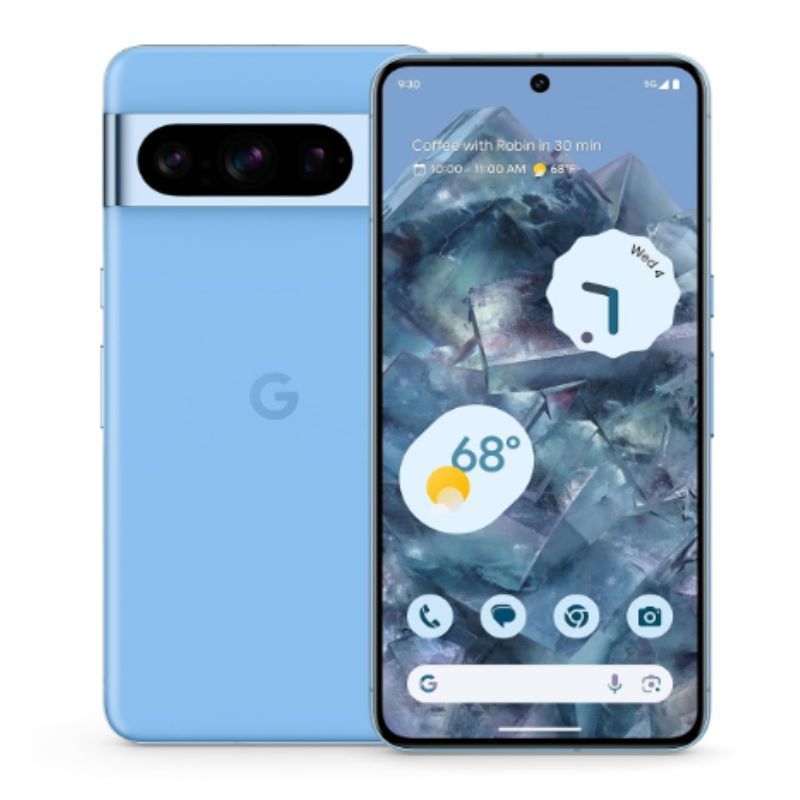
Pixel 9 Pro
The Google Pixel 8 Pro is the first Google phone with built-in Google AI. This smartphone features Video Boost and has a 6.7-inch Super Actua display.
-
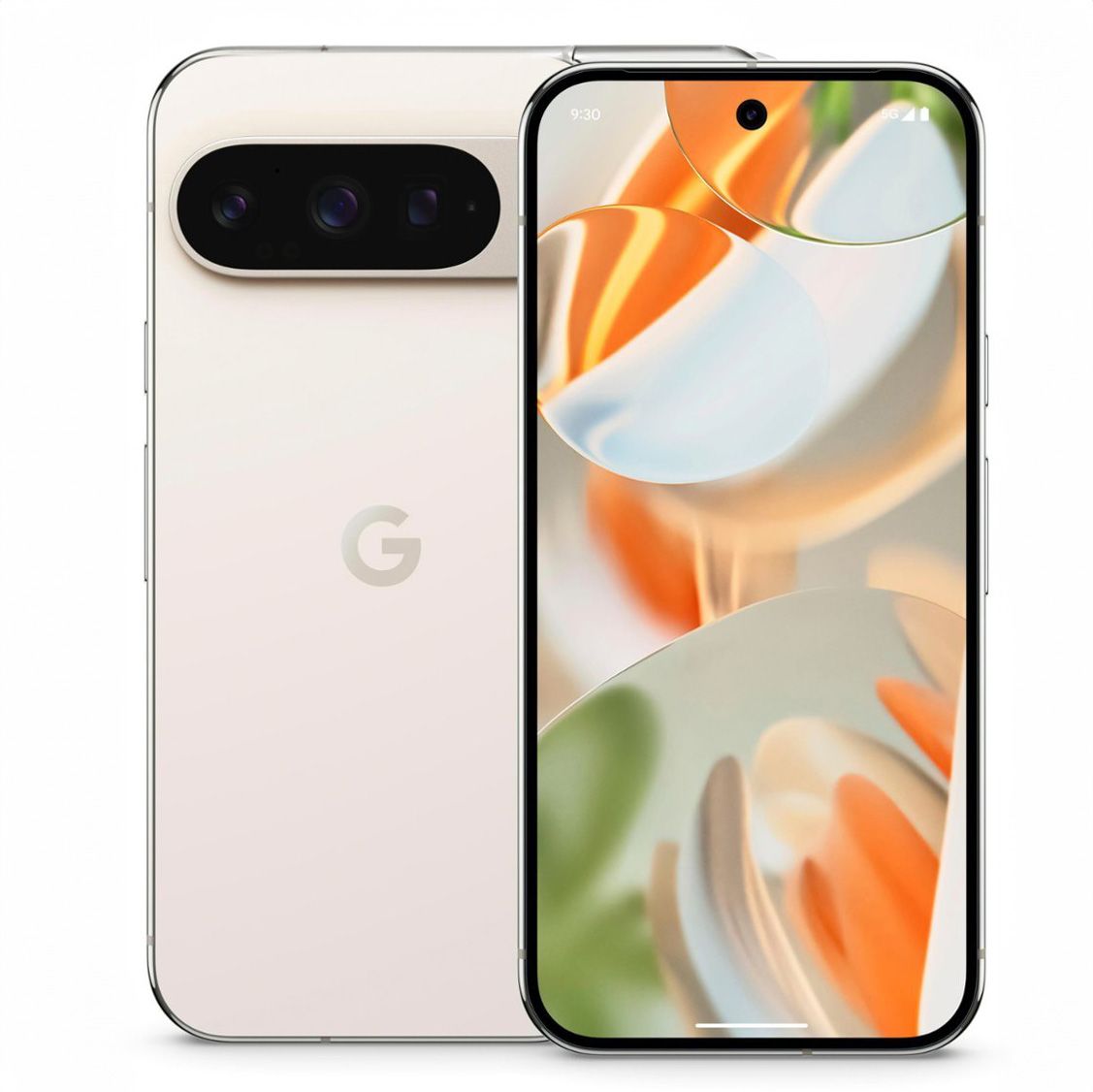
Pixel 9 Pro
The Pixel 9 Pro brings a new squared-off design, the Tensor G4 chip, and new AI features like Pixel Screenshots to Google’s flagship smartphone line. The smartphone is available starting September 4th.
The Google Pixel 8 Pro is currently the only phone with Pixel’s Video Boost feature. That’s because the Pixel 8 Pro is the only Google phone that has Google AI built into it. The Google Tensor G3 chip is specially designed with AI functionality to boost your phone and it currently runs Gemini Nano . The chip not only has the power to perform AI tasks but also boosts the speed to perform them quickly and efficiently.
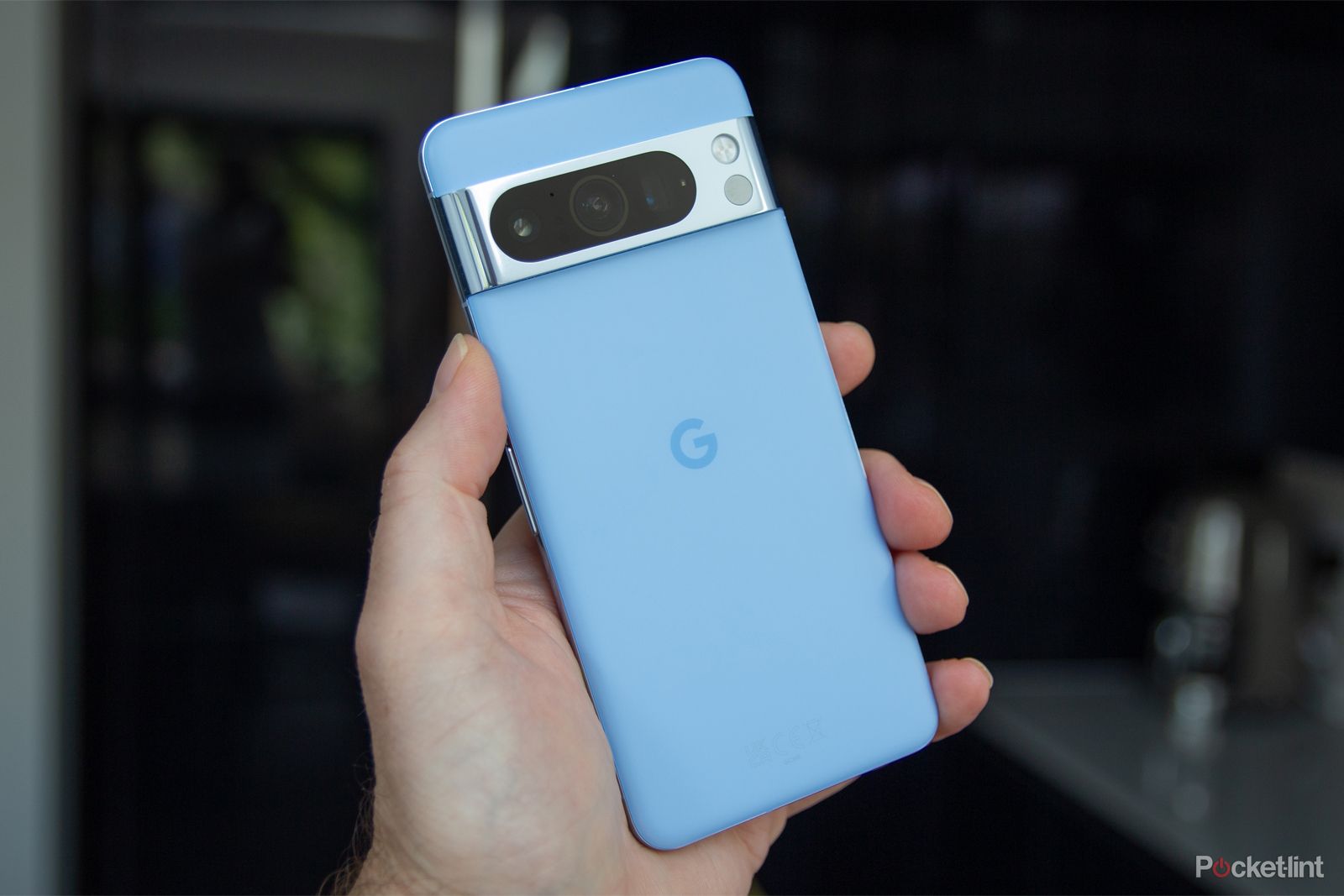
Read our review
Google Pixel 8 Pro review: Google just went and reinvented smartphone photography
Is the Google Pixel 8 Pro more than just a vessel for AI?
The Google Pixel 8 Pro retails for $1,000 for 128GB but is frequently discounted at places like Best Buy and Amazon. If you do plan to use Video Boost frequently, you may want to get one with more storage, as the video clips will take up a lot of space. You can choose up to 1TB of storage.
2 Video Boost uses AI
AI will rework your videos
Whether or not you want to accept it, AI is the future of much of technology. Google is already embracing it, shown by the built-in AI for the Pixel 8 Pro. Video Boost uses that AI to enhance and alter your video to the best possible video it can be. But there is a catch: the changing of video doesn’t take place on your phone. It takes place in Google’s servers in the cloud.
The Tensor G3 helps capture the video and the AI in Google’s servers will turn it into the video that you want. You must have a Google Photos account to be able to use Video Boost. The video that you shoot will show up initially on your phone but then that video is also sent to the cloud and the AI technology is used by the servers to enhance your video.
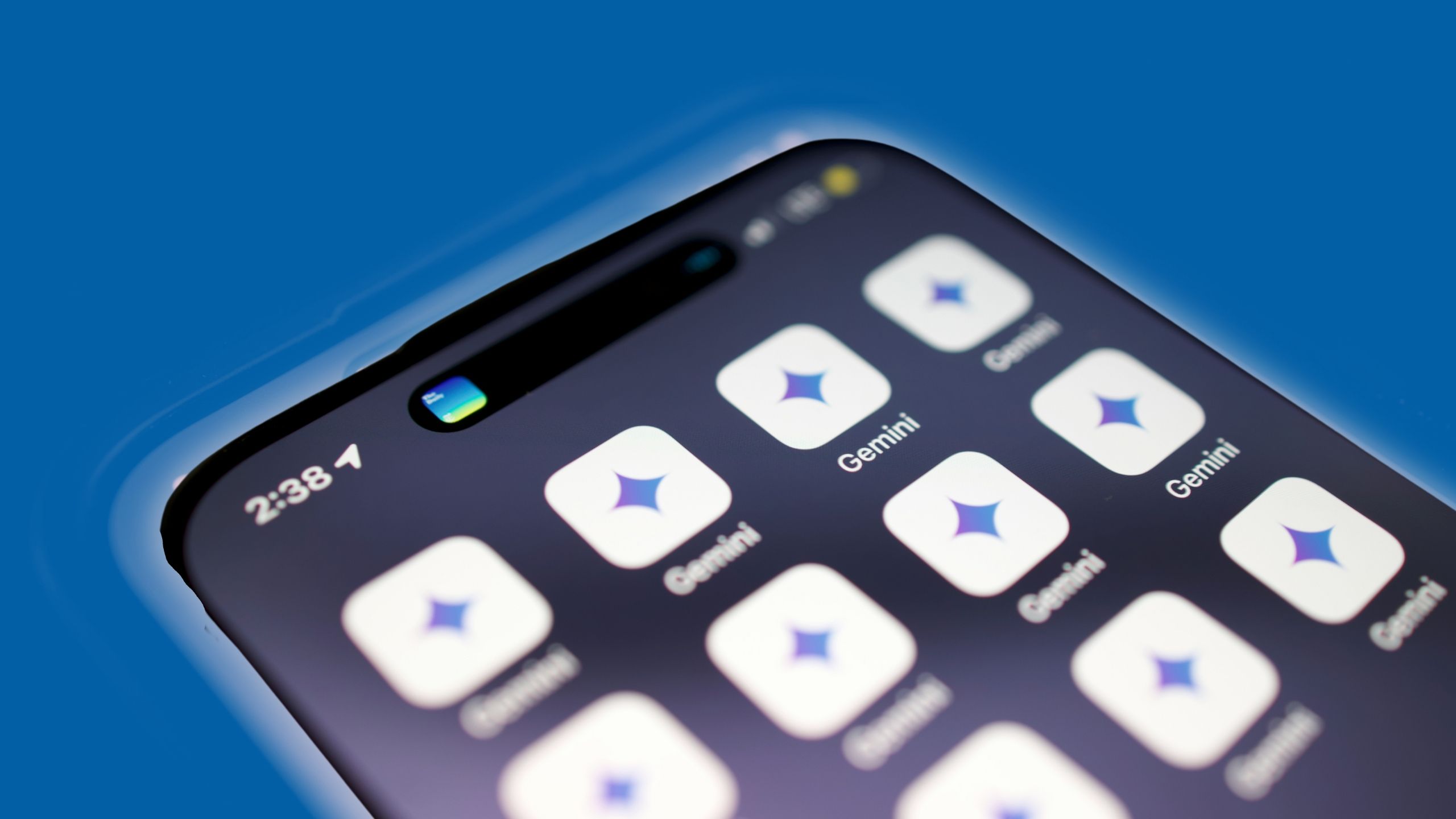
Related
Google AI showdown: What makes Gemini 1.5 Pro different from 1.5 Flash?
Google’s latest AI has two variations: Gemini 1.5 Pro and Gemini 1.5 Flash. But what’s the difference between the two options?
Google’s AI is actually changing your video, so it is out of your control. But Google does upload the enhanced video to your Google Photos account, so you can compare the differences between the original one that you shot and the enhanced one.
3 It uses Night Sight
That’s how it sees so well
Every phone since the launch of the Pixel 3 has had Night Sight, Google’s feature that allows users to take pictures in the dark and have them come out clear. Video Boost uses Night Sight’s technology, which takes multiple images at once and then combines them to create one brighter image, and uses it for videos and helps turn them into one whole upgraded video. It enhances the low-light of a video shot in the dark and creates a clearer one.
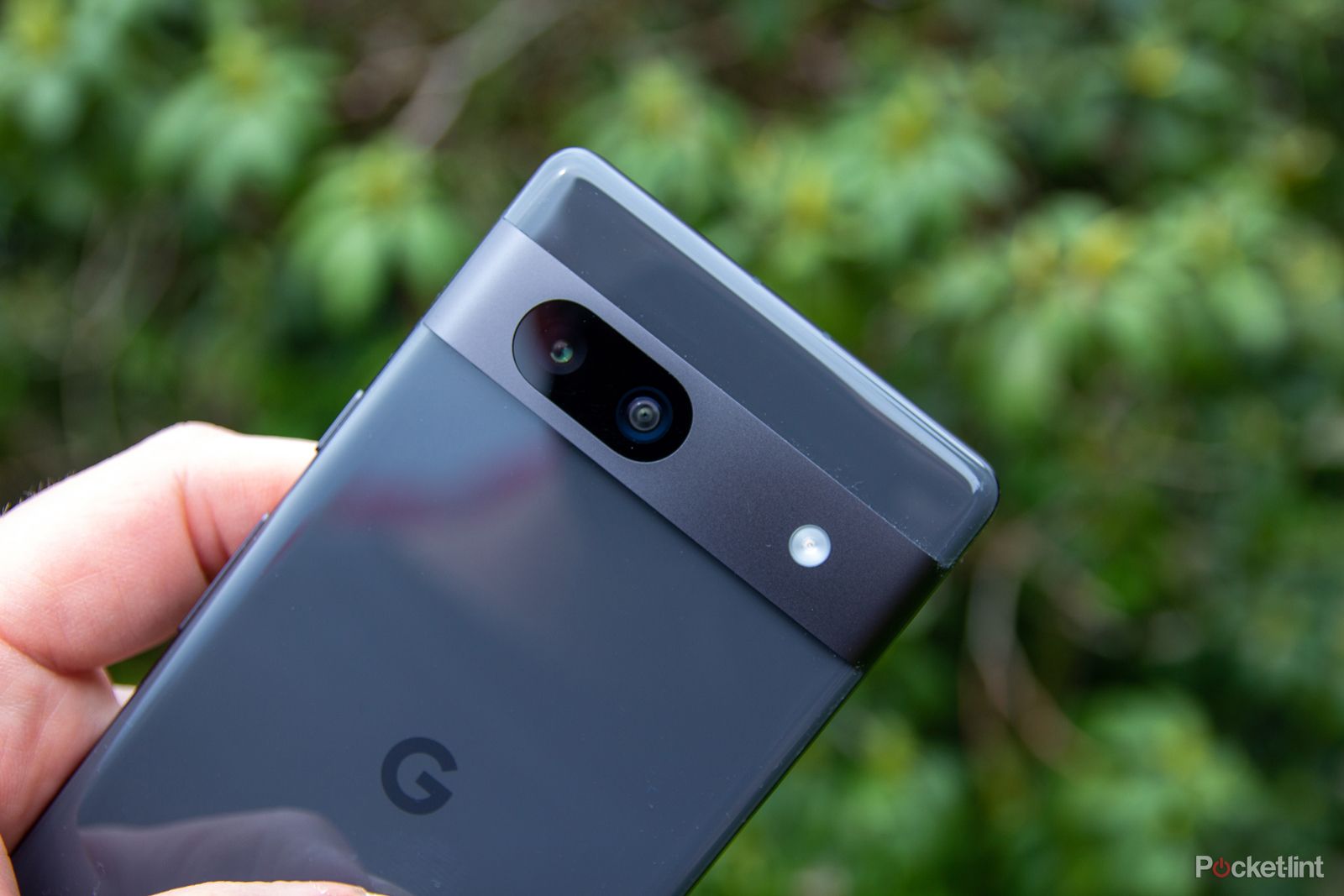
Related
What is Night Sight and what can it do on the Pixel phones?
Everything you need to know about the Pixel night shooting mode.
The technology that the servers are using to enhance the video takes Night Sight’s technology to another level. While this will likely be a feature that many new Google phones will have in the future, you’re still only able to use Night Sight for images on other Pixel phones.
4 How to properly use Video Boost
Make sure you have Wi-Fi on
To use Video Boost on your Pixel 8 Pro, you need to toggle on the feature. If you happen to be shooting in a really dark setting, your phone will suggest that you turn on Night Sight and Video Boost. You should open up the Google Camera and tap the Video settings button, or you can also swipe up. Then, you should turn on Video Boost. The first time that you use Video Boost, it is automatically set to 4K resolution, SDR, and 30 frames per second. This can all be adjusted if you prefer, especially if you want it to be uploaded and processed more quickly. You can also change the settings to make the colors pop more by turning on 10-bit HDR.
The next time that you hit record, you’ll be using Video Boost. The maximum limit for your video is 10 minutes. If you’re running low on storage, the video will automatically shut off when you hit capacity. In order to get the best version of your video, you should have Google Photos backing up automatically. You should also have it set to backup when using Wi-Fi, so that the photo will automatically upload the next time you are connected to Wi-Fi and backup your Google Photos account.
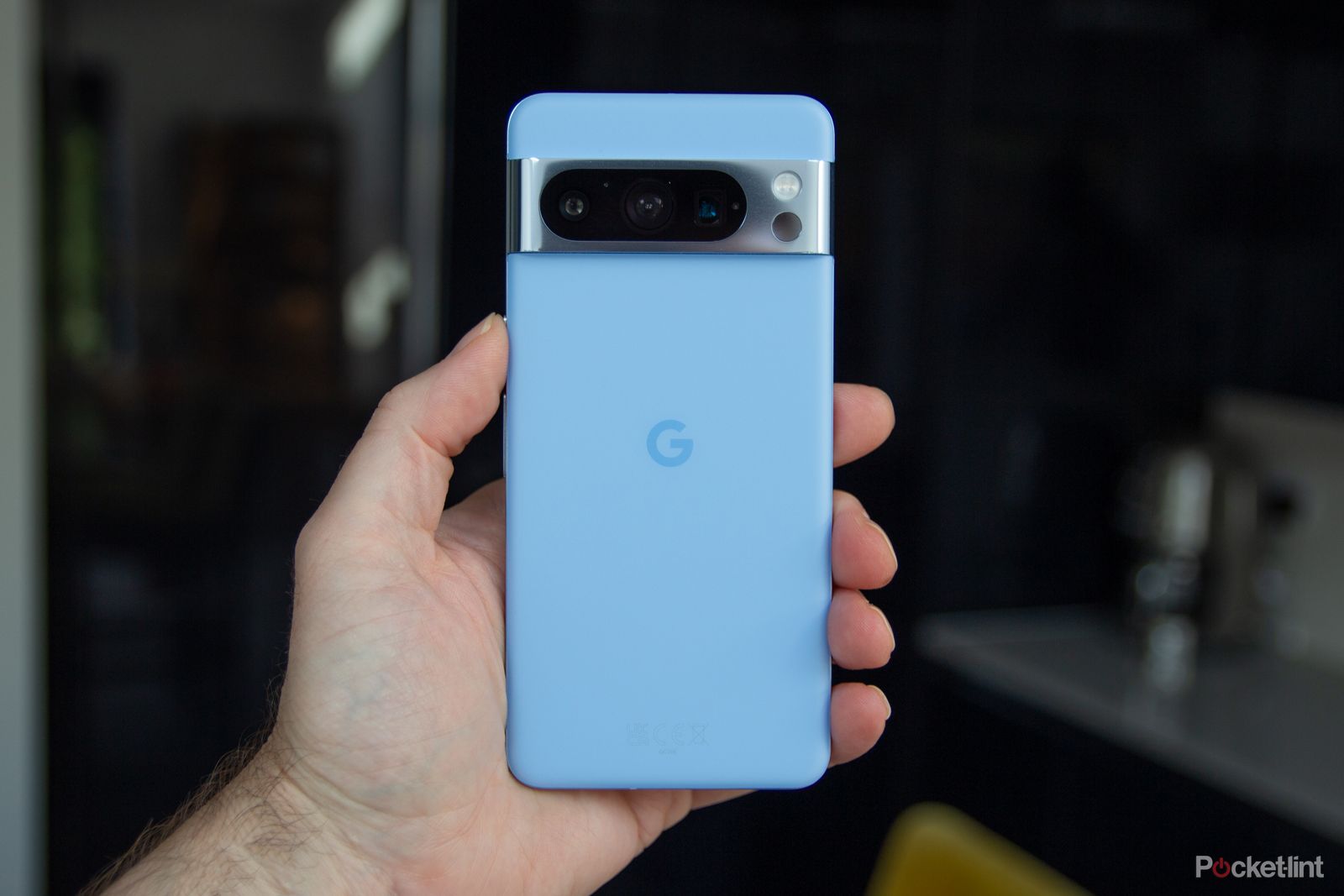
Related
3 things I want my iPhone 15 Pro Max to have that the Pixel 8 Pro does
There are three features on the Pixel 8 Pro that I can’t get on my iPhone 15 Pro Max, and I really do want them.
Make sure you’re shooting in low-light, as that is what Video Boost is recommended for. If you just want to enhance your photo a bit, it really won’t change your video enough that you’ll notice a massive difference. But if you are shooting in low-light, like when it’s dark outside, that is when Video Boost can enhance the video and make it much more viewable.
5 What to expect when you use Video Boost
It can take a long time
Even if you’re uploading with Wi-Fi and your video isn’t 10 minutes long, be prepared to wait. You’ll be able to share your original video as soon as you finish capturing it. But the enhanced Video Boost video might take hours to be created and uploaded into your Google Photos account. So, if you’re not using Video Boost to its full potential, i.e. shooting in low-light and wanting to see colors pop more in the dark, you may not find this setting worth it. Regardless, the Video Boost files won’t take up that much more space in your account than a normal video, so if you have the time to wait, it could be worth it.
Trending Products

Cooler Master MasterBox Q300L Micro-ATX Tower with Magnetic Design Dust Filter, Transparent Acrylic Side Panel, Adjustable I/O & Fully Ventilated Airflow, Black (MCB-Q300L-KANN-S00)

ASUS TUF Gaming GT301 ZAKU II Edition ATX mid-Tower Compact case with Tempered Glass Side Panel, Honeycomb Front Panel…

ASUS TUF Gaming GT501 Mid-Tower Computer Case for up to EATX Motherboards with USB 3.0 Front Panel Cases GT501/GRY/WITH Handle

be quiet! Pure Base 500DX ATX Mid Tower PC case | ARGB | 3 Pre-Installed Pure Wings 2 Fans | Tempered Glass Window | Black | BGW37

ASUS ROG Strix Helios GX601 White Edition RGB Mid-Tower Computer Case for ATX/EATX Motherboards with tempered glass, aluminum frame, GPU braces, 420mm radiator support and Aura Sync

CORSAIR 7000D AIRFLOW Full-Tower ATX PC Case â High-Airflow Front Panel â Spacious Interior â Easy Cable Management â 3x 140mm AirGuide Fans with PWM Repeater Included â Black


